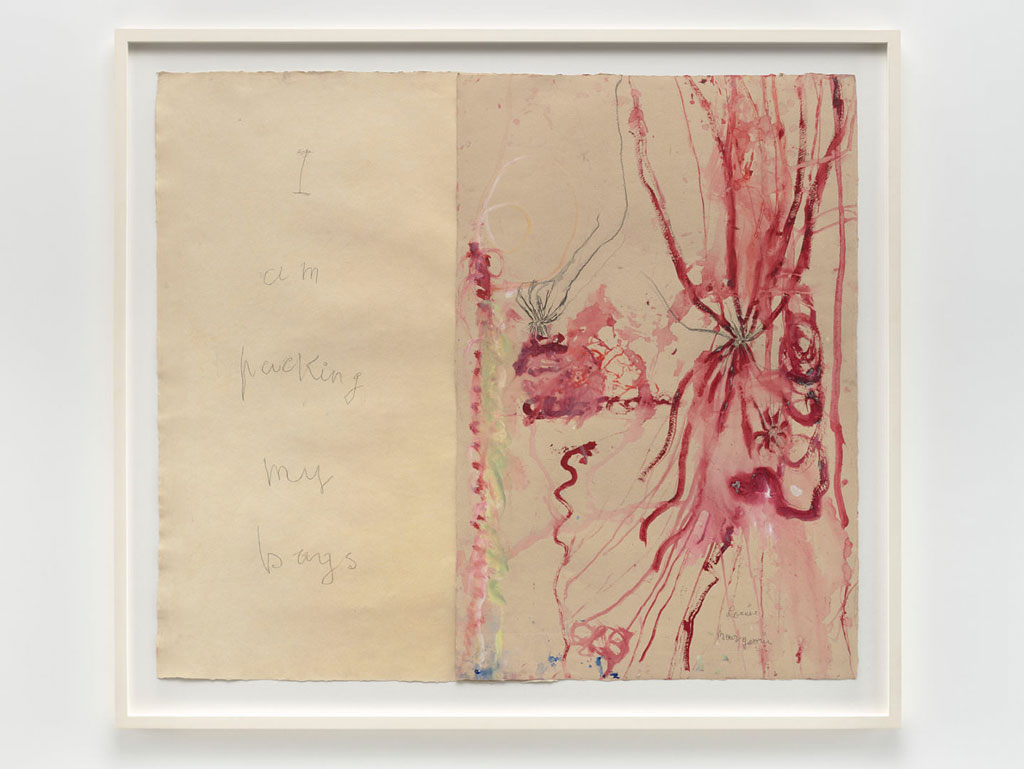ART CITIES:Porto-Louise Bourgeois
 Visited and revisited in countless and intense exhibitions over recent decades, in different museum spaces around the world, the vast and singular oeuvre of Louise Bourgeois is intercrossed by themes that are indelibly associated with the traumatic events and experiences of her childhood. Themes such as family, sexuality, the body, death and the unconscious required intense therapy, which she consciously carried out through her art.
Visited and revisited in countless and intense exhibitions over recent decades, in different museum spaces around the world, the vast and singular oeuvre of Louise Bourgeois is intercrossed by themes that are indelibly associated with the traumatic events and experiences of her childhood. Themes such as family, sexuality, the body, death and the unconscious required intense therapy, which she consciously carried out through her art.
By Efi Michalarou
Photo: Serralves Museum Archive
Louise Bourgeois’ life coincided with the most important artistic movements of her time. Louise Bourgeois worked on the themes most present in 20th century thought. Louise Bourgeois had the same concerns as many. However, her legacy is irreducible to the order of the aesthetic currents and the artistic vanguard. The exhibition “To Unravel A Torment” in Serralves Museum spans seven decades and features works by the artist made between the late 1940s and her death in 2010, at the age of 98. In her sculptures, textiles, books, drawings and architectural installations, Louise Bourgeois expressed the tension between opposing forces – male / female, passive / active, architecture / body, love / hate – using formal and symbolic equivalents. Although the roots of her work are linked to a profoundly personal and introspective universe, she succeeded in expressing universal emotions and the vulnerability of our daily lives. She underwent psychoanalysis during several years and the resulting self-knowledge and insights are reflected in her art. She consciously exposed her own traumas and emotions in her work, adding personal narrative and psychological lucidity to an extraordinary artistic innovation. Feelings of failure, fear, envy, oppression or rejection and the impact of her relationships and interactions with others are physically embodied in her work. Through them, the artist invites spectators to confront their emotions. “Maman” (1999 ), perhaps the most emblematic of her famous Spiders, and one of her most representative works is shown outdoors, at the top section of the Central Parterre in Serralves Park. With eight slender and gigantic legs, Maman marks its territory. This steel and bronze spider carries a pouch of marble eggs in its abdomen. Louise created Maman as an ode to her mother, who was a weaver of tapestries. It serves as a metaphor of emotional repair: she weaves her web and repairs it when it is damaged. Just as the spider protects its eggs, a mother must protect her children. At the same time, she also saw the spider as a self-portrait: it builds its architecture from its own body, just as she creates sculptures from her psychological interior.
More than any other artist of the twentieth century, Louise Bourgeois has produced a body of work that consistently and profoundly engages with psychoanalytic theory and practice. Taken as a whole, her art and writings represent an original contribution to the psychoanalytic inquiry into symbol formation, the unconscious, the talking cure, the family romance, maternal and paternal identifications, and the fragmented body. Through her exploration of materials, forms, and sculptural processes Bourgeois finds a plastic equivalent for the psychological states and mechanisms of fear, ambivalence, com-pulsion, guilt, aggression, and withdrawal. Bourgeois’s career as an artist in New York began with solo exhibitions of paintings in 1945 and 1947 followed by three exhibitions of her wood sculptures and environmental installations in 1949, 1950, and 1953. She would not have another solo show of new work again until 1964, when she presented an innovative body of abstract sculpture at the famous Stable Gallery in New York. Bourgeois began psychoanalysis with Dr. Leonard Cammer in 1951, the year her father died. In 1952 he switched to the analyst Henry Lowenfeld. Bourgeois would remain in therapy with Lowenfeld until the early 1980s. During a period of withdrawal and depression in the 1950s, Bourgeois not only underwent analysis but also steeped herself in psychoanalytic literature, from Sigmund Freud to Erik Erikson, Anna Freud, Melanie Klein, Heinz Kohut, Susanne Langer, Otto Rank, Wilhelm Reich, and Wilhelm Stekel. Prior to her retrospective at the Tate Modern in 2007, two boxes of writings were discovered in Bourgeois’s home, followed by two more in 2010. These writings, which have never been published, serve to augment and enrich our understanding of Bourgeois’s artistic development and fill in the gap in her otherwise copious diaries and process notes. In literary quality and historical importance they may be compared to the journals of Eugène Delacroix and the letters of Vincent van Gogh. They constitute a parallel body of work expressing her struggle to come to terms with her psychic life and the legacy of her past. In these documents Bourgeois records and analyses her dreams, emotions, and anxieties, and in particular her conflicted feelings about being simultaneously a creative artist and a mother and wife. The linkage between feeling, thought, and sculptural process becomes clearly delineated. At the same time these writings, like her sculptural works, critique psychoanalytic theory in its relationship to female sexuality and identity. These writings illuminate her transition from the figurative works of her Abstract Expressionist period to the abstract pieces that ushered in the Postminimalist tendency, and articulate how her relationship to psychoanalysis remained active until the end of her life.
Photo: Louise Bourgeois, Maman, 1999, Photo: Filipe Braga, Courtesy Serralves Museum
Info: Curator: Emily Wei Rales, Paula Fernandes, Serralves Museum, R. Dom João de Castro 210, Porto, Duration: 4/12/2020-20/6/2021, Days & Hours: Mon-Fri 10:00-18:00, Sat-Sun 10:0-19:00, www.serralves.pt


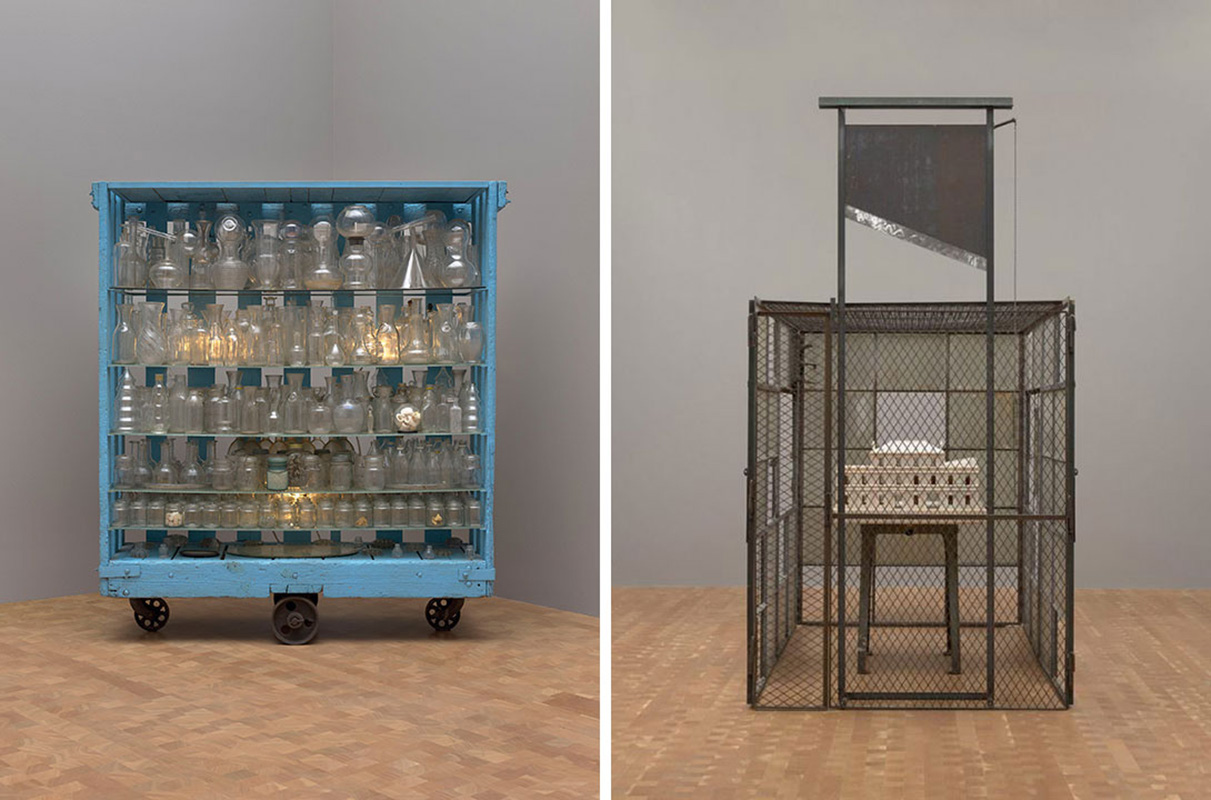
Right: Louise Bourgeois, Cell (Choisy), 1990-1993, marble, metal and glass, 120 ½ x 67 x 95 inches (306 x 170 x 241 cm)), © The Easton Foundation/VAGA at Artists Rights Society (ARS), NY, Photo: Ron Amstutz, On Loan Louise Bourgeois: To Unravel a Torment Fundação de Serralves, Porto, Portugal

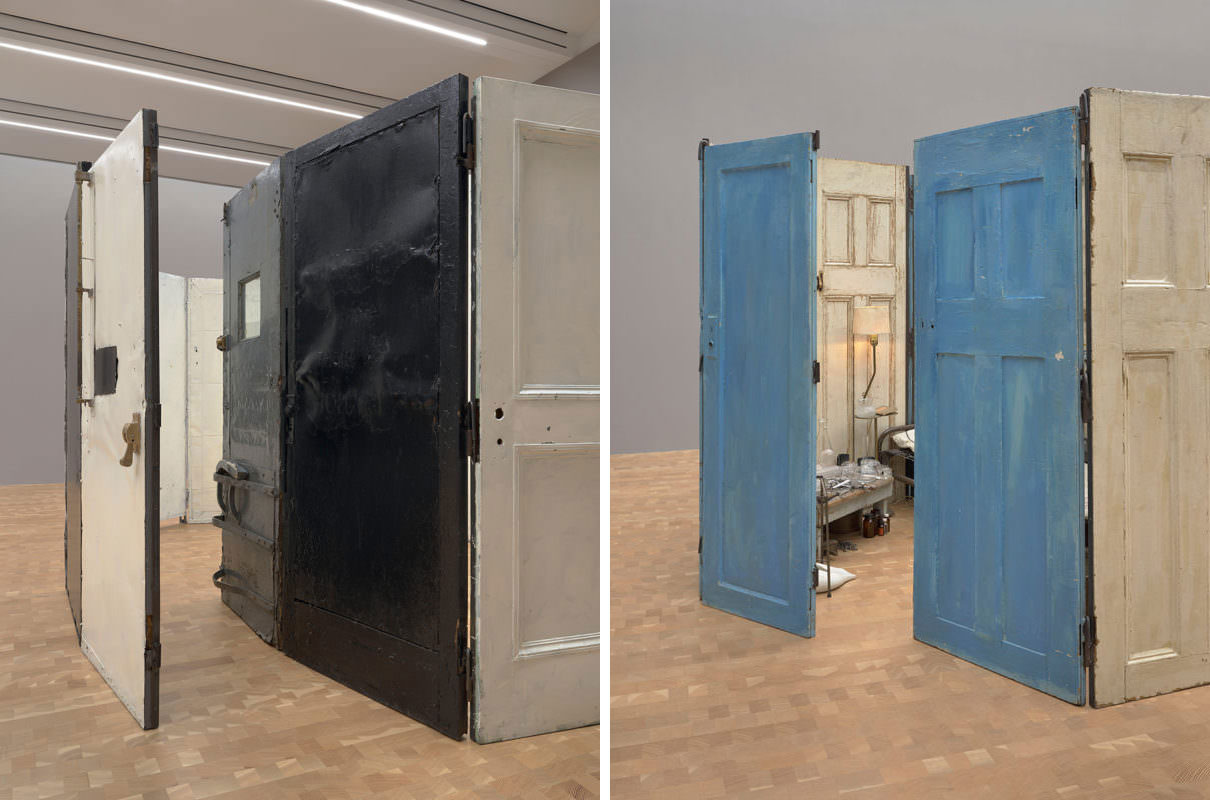
Right: Louise Bourgeois, Cell I, 1991, painted wood, fabric, metal, and glass, 83 x 96 x 108 inches (211 x 244 x 274 cm), © The Easton Foundation/VAGA at Artists Rights Society (ARS), NY, Photo: Ron Amstutz, On Loan Louise Bourgeois: To Unravel a Torment Fundação de Serralves, Porto, Portugal

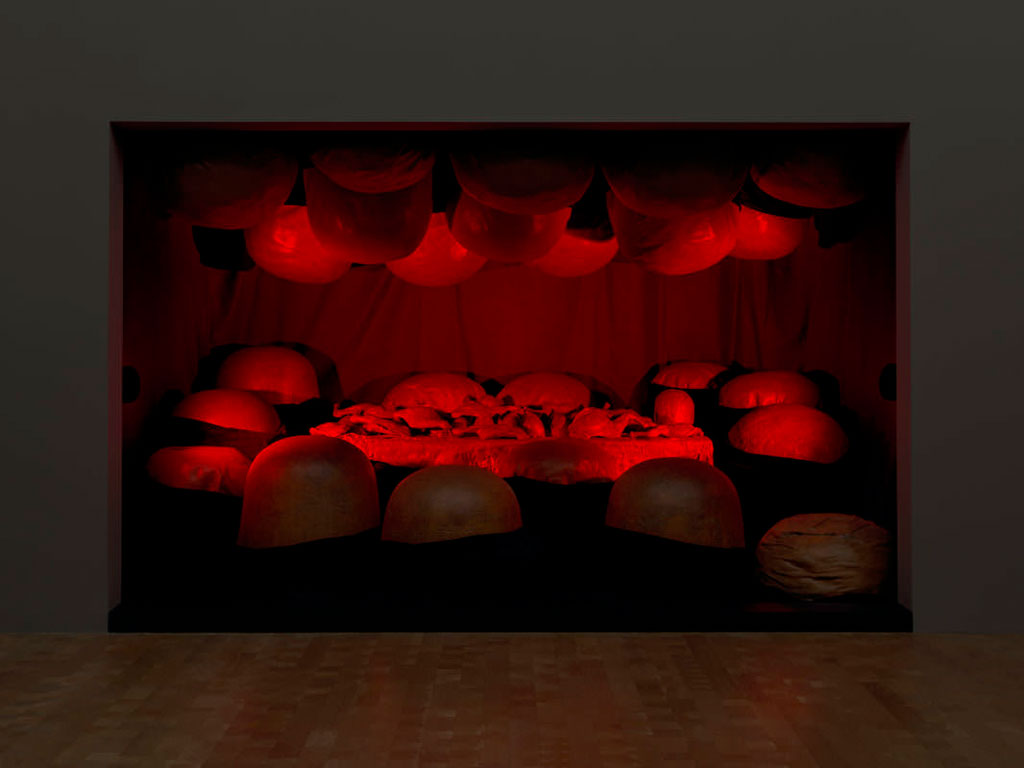



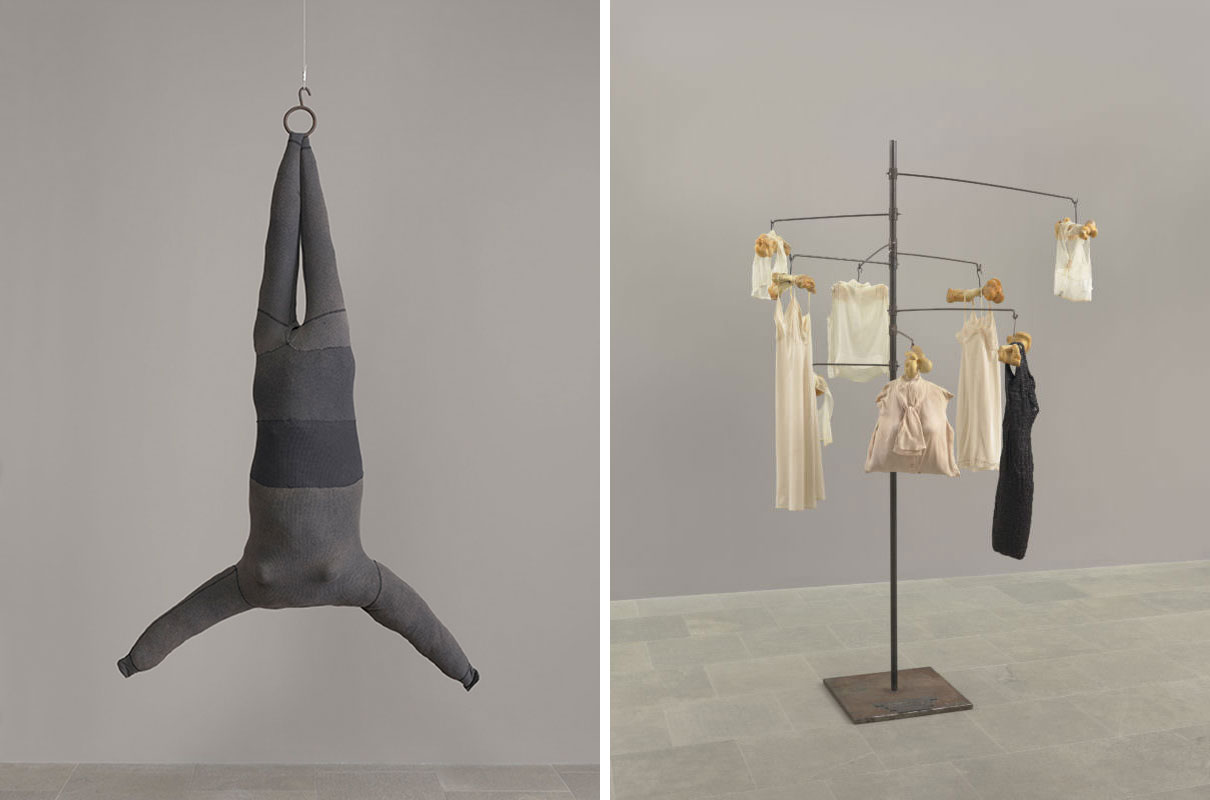
Right: Louise Bourgeois, Untitled, 1996, cloth, bone, and steel, 118 ¼ x 82 x 77 inches (300 x 208 x 196 cm), © The Easton Foundation/VAGA at Artists Rights Society (ARS), NY, Photo: Ron Amstutz, On Loan Louise Bourgeois: To Unravel a Torment Fundação de Serralves, Porto, Portugal
